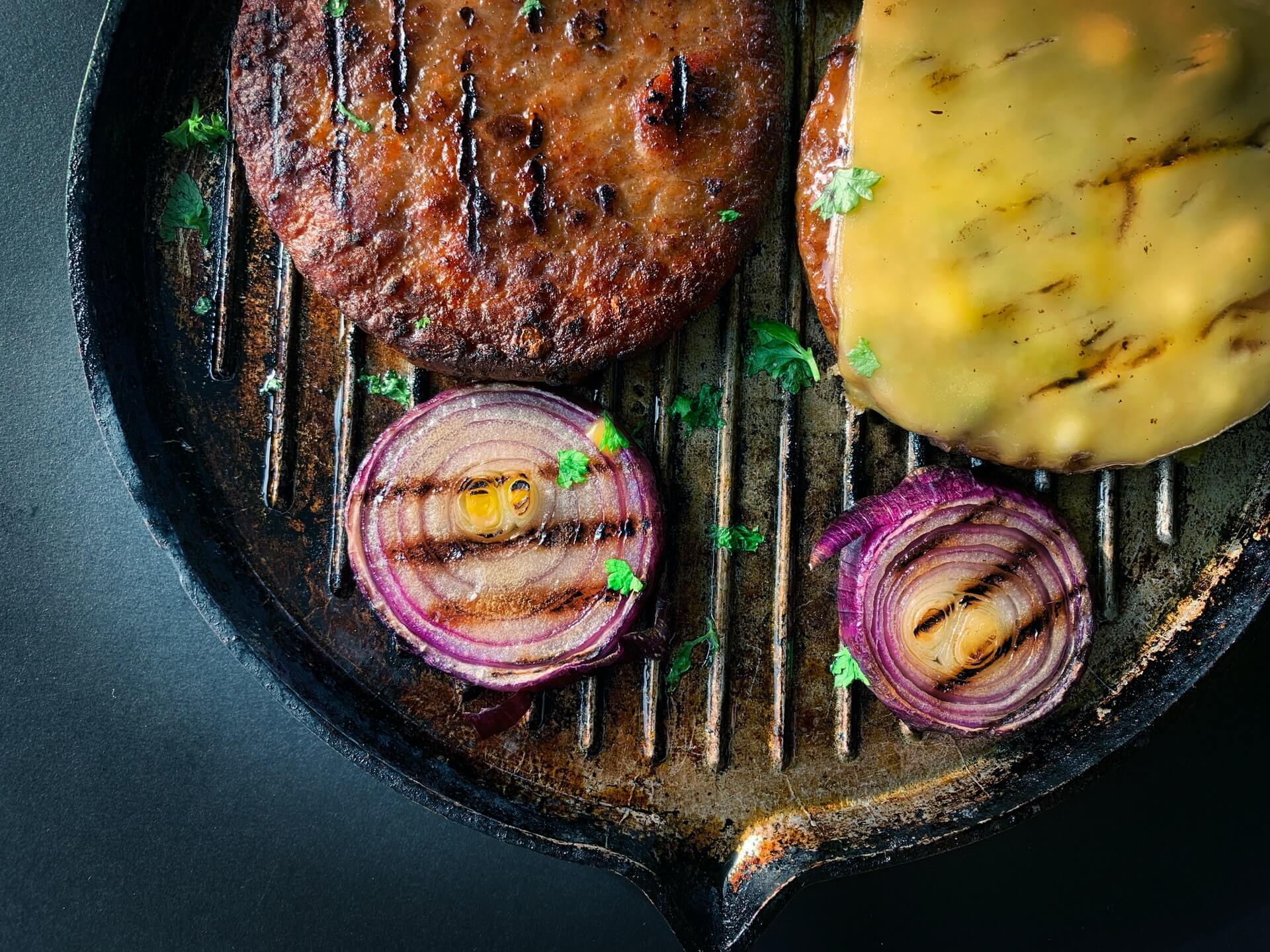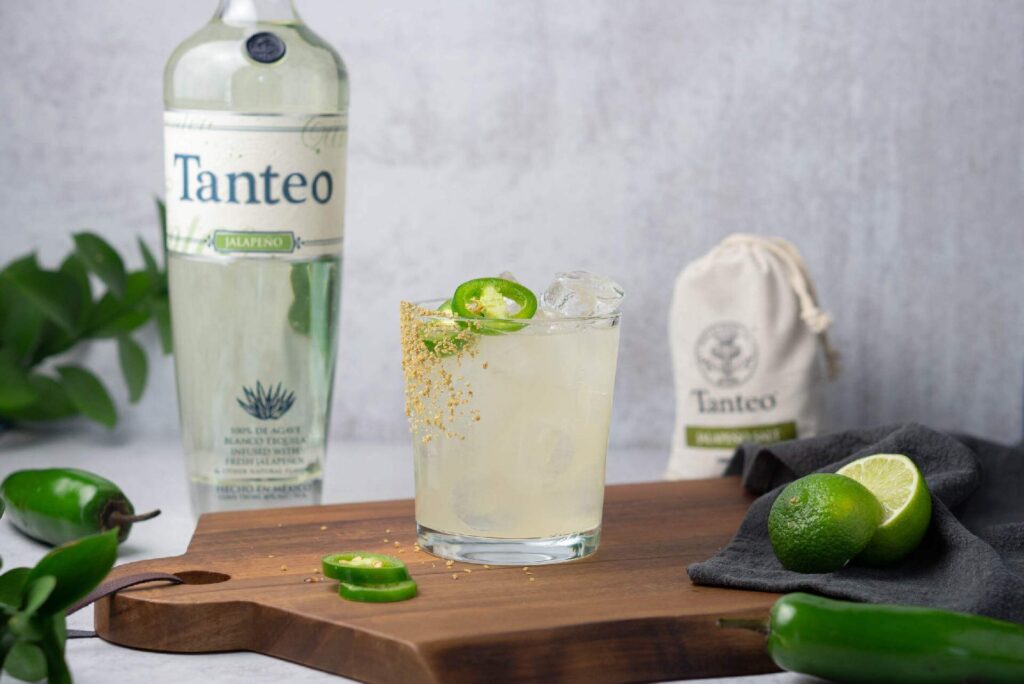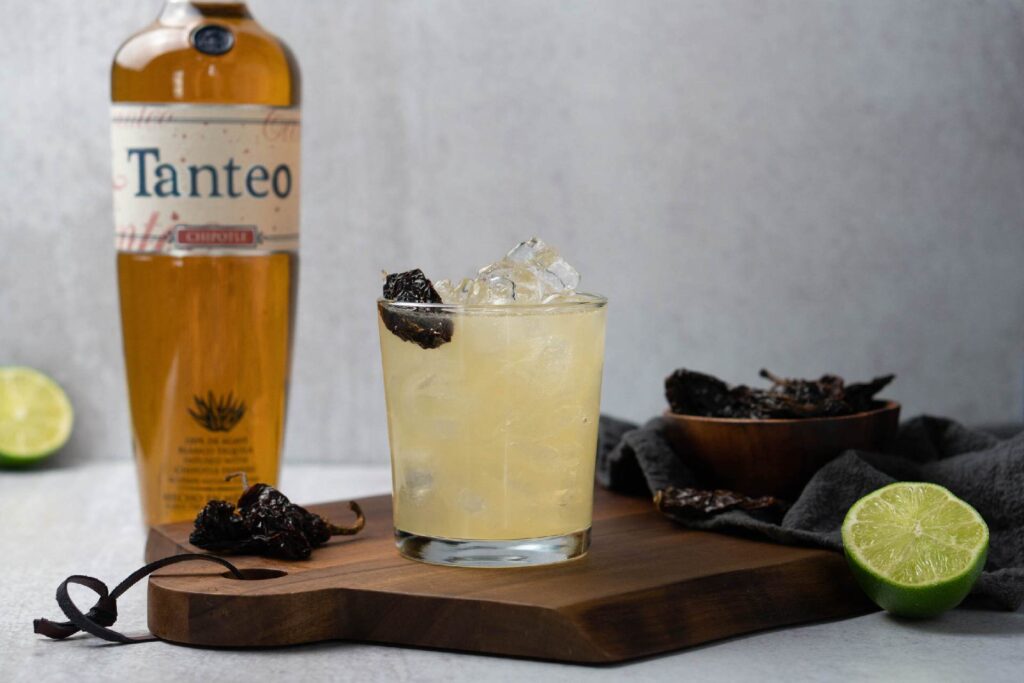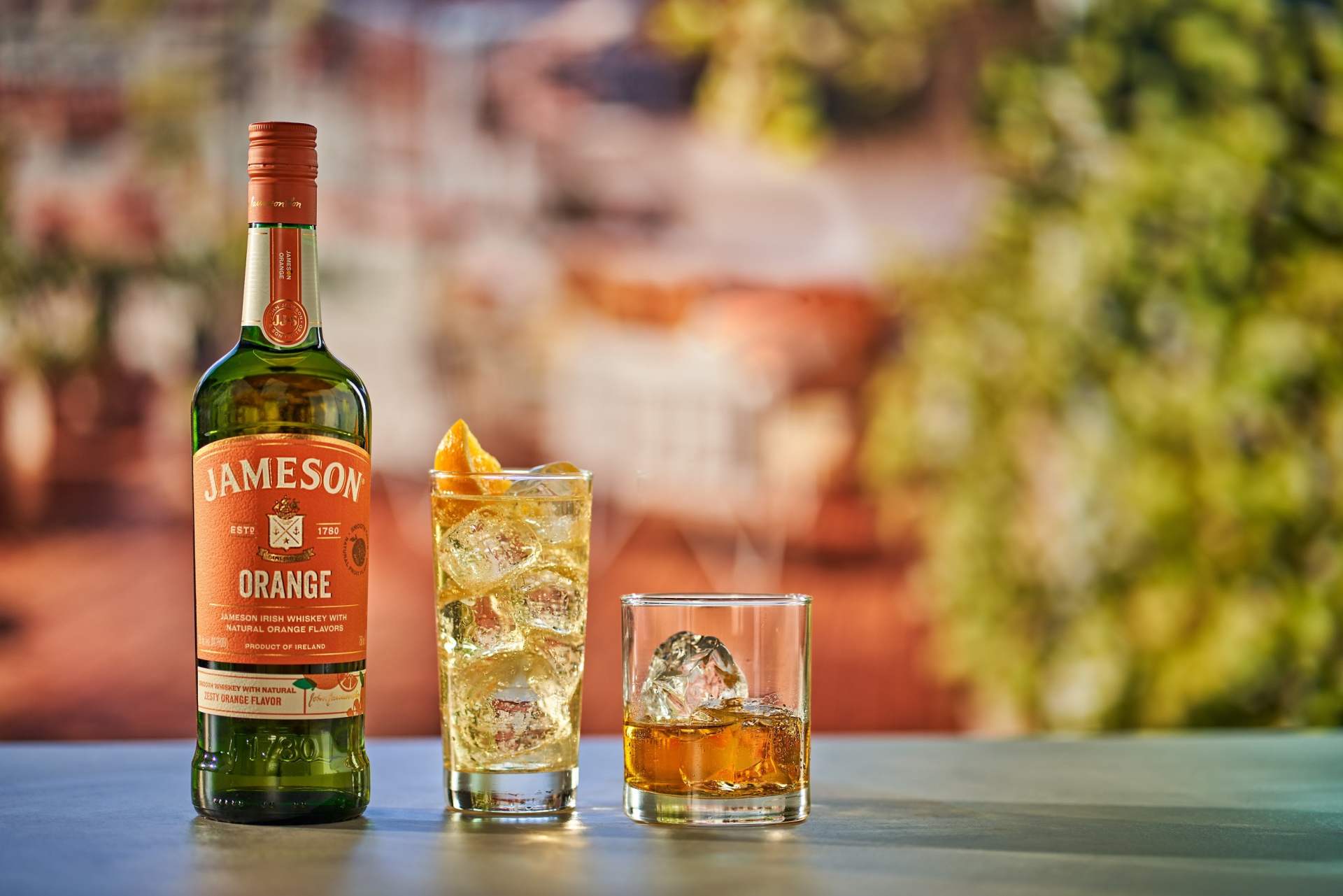Plant-based Performance is Nuanced
by David Klemt

The World Resources Institute is making the case that the success of plant-based products on-premise will require menu changes.
In particular, changes need to be made menu item descriptions. Drilling down even further, the language we use in descriptions is crucial to performance.
Simply put, just offering recognizable plant-based brands and their products isn’t enough.
Speaking to Guests
When it comes to plant-based food items, there are multiple consumer segments to consider.
For example, there are those who are all-in on plant-based. Targeting this group is easy—promote the fact that you have the products they want.
There’s also the previous group’s counterpart: uninterested in these food items. It’s likely you’re simply never going to convince them to even try plant-based menu items.
Of course, there are the consumers in between. If succeeding with plant-based menu items will translate to more guests engaging with your business, increasing traffic and revenue, speaks to your brand in an authentic way, and matters to the community you serve, these are the guests you need to win over.
But as stated above, simply putting Impossible, Beyond, LikeMeat, or other brands on your menu likely isn’t enough. This is something some fast-casual brands are experiencing. Plant-based performance, as evidence and anecdotes appears to show, is nuanced.
Announcing plant-based alternatives seems to result in a quick rise in sales. However, that initial interest doesn’t appear to last long. And when sales slow an operator either finds themselves sitting on stock, lowering prices, or both.
Again, if succeeding with plant-based items is good for your brand, you’ll need to do some work.
Language Matters
The World Resources Institute (WRI) addressed this topic last week via video presentation. Titled “Messaging that Works: Engaging Diners in Climate Action,” the nearly hour-long video states that language matters for plant-based buy-in.
A study conducted by the WRI found that “nudging” guests with the right messaging boosted plant-based sales. The institute tested ten “framing themes” with ten associated themes.
Two types of messages “came out on top by a long way,” according to presentation host Edwina Hughes:
- Small change, big impact
- Joining a movement
Per the WRI’s study, those two themes resulted in around double the demand for plant-based items as other themes.
The first theme speaks to a person’s personal agency, or their actions and the impact they can have on their own lives.
Joining a movement relates to social norms. In particular, suggesting something is a movement tells someone that there are like-minded people already engaged with this concept, product, lifestyle, etc.
Putting this to Use
Menu descriptions, table talkers, POS messaging, and social media can all play a role. Again, this is only if this is important to your brand and guests. If plant-based menu items aren’t authentic to your business, the “Small change, big impact” messaging may not be of interest to you.
For operators who want to succeed with plant-based items, the WRI presentation suggests a “nudge.” In relation to the first theme from above, the process would be:
- Personal empowerment statement: A person can have a positive impact on the environment.
- Easily attainable action: Substitute one meat-based meal for a plant-based one.
- Easily understood personal outcome: A positive result that can come from their purchase.
When it comes to the movement theme, operators can use the following nudge, provided by the WRI as an example during their presentation:
“Ninety percent of Americans [size and/or relevance of group] making the change to eat less meat [group’s behavior] choose plant-based dishes that have less impact [call to action].”
Plant-based menu items aren’t really a trend anymore, but they’re also not quite mainstream. If they’re going to perform stronger in the QSR and other segments, they’ll need better messaging.
Additional Takeaway
The lessons learned from WRI’s presentation aren’t limited to the performance of plant-based menu items. Nudges can work for all manner of products in all types of concepts.
When you look at your menu with a truly critical eye, ask yourself:
- Does it have attention-grabbing descriptions?
- Do the descriptions accurately describe the items?
- Would you be swayed by your descriptions?
- Are there any calls to action?
If you can’t answer yes to most or all of those, your menu would likely benefit from revisions.
Your menu isn’t just a catalogue of food, drinks, and prices. Rather, it’s a powerful sales and marketing tool. Take the time to leverage it accordingly.












